13 Summer Horror Movies Set at Camps, Cabins, and Lakes
Looking for the perfect blend of summer fun and spine-chilling terror? These horror films set at camps, cabins, and lakes take the peaceful outdoors and turn them into terrifying, isolated landscapes. Whether it’s a remote campground or a quiet lakeside cabin, these settings create an atmosphere of suspense and dread that keeps you on edge. From classic slashers to supernatural horrors, these movies will make you think twice before planning your next getaway.
This post may contain affiliate links, which helps keep this content free. Please read our disclosure for more info.
Friday the 13th (1980)

“Friday the 13th” is the classic slasher that set the stage for countless horror films to follow. Set at the remote Camp Crystal Lake, the film introduces Jason Voorhees, a vengeful spirit haunting the campgrounds. The film’s tension builds slowly, as the secluded setting creates an atmosphere of isolation, with each victim picked off one by one. The lake itself becomes a character, both a peaceful setting and a place of hidden danger. This iconic film made summer camps forever linked with horror, establishing the slasher genre’s most recognizable tropes.
As the film unfolds, campers and counselors are picked off by a mysterious killer, creating an unrelenting sense of dread. The unassuming lakeside location becomes even more menacing as the story progresses, with the calmness of the water juxtaposed by the chaos that ensues. The film’s dark ambiance and the looming presence of Jason set the tone for decades of horror, making “Friday the 13th” a must-watch for any horror fan looking to revisit a summer camp nightmare.
Cabin Fever (2002)
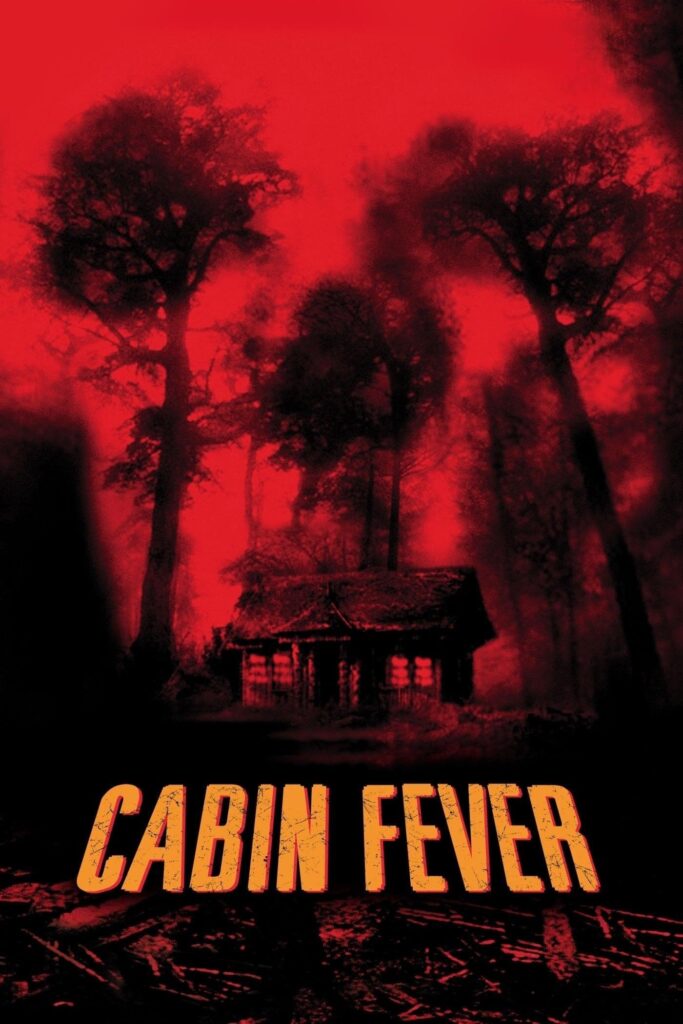
“Cabin Fever” takes a different route with its eerie setting, focusing on a group of friends who retreat to a secluded cabin in the woods for a weekend getaway. What begins as a peaceful escape soon devolves into a nightmare when a flesh-eating virus spreads among them. The isolation of the cabin, surrounded by dense forest, heightens the sense of claustrophobia, with no one around to help. As the virus wreaks havoc, the movie capitalizes on the tension that comes with being trapped in an environment far from help. It’s a perfect blend of body horror and survival dread.
The cabin’s quiet setting is a stark contrast to the chaos that soon takes over. As the group tries to find a way to survive, the virus takes hold in gruesome ways, adding an extra layer of terror to the isolated setting. The rural, off-the-beaten-path location adds to the anxiety, making the characters’ struggle to survive all the more intense. “Cabin Fever” is a horrifying take on cabin isolation with a contagious twist.
The Cabin in the Woods (2011)

A meta-horror film that plays with traditional horror tropes, “The Cabin in the Woods” takes the familiar setting of a remote cabin and spins it into a unique narrative. A group of friends heads to a secluded cabin for a relaxing weekend, only to discover that their every move is being manipulated by a secret organization. The setting of the cabin seems to be an ordinary horror movie setup, but the film twists expectations by introducing a high-tech surveillance system and supernatural elements. The film pokes fun at traditional horror conventions while also delivering genuine scares, making it a standout entry in the genre.
The cabin is initially a symbol of relaxation, but as the story unfolds, it becomes a terrifying cage where the characters are subjected to a twisted experiment. The contrast between the idyllic lakeside surroundings and the dark forces at play makes the setting all the more sinister. “The Cabin in the Woods” keeps audiences on their toes, offering a fresh take on the horror genre with a mix of humor and dread.
The Evil Dead (1981)

In “The Evil Dead,” a group of friends heads to a remote cabin for a weekend retreat, only to unleash an ancient evil after reading from a mysterious book. The film’s setting, an isolated cabin deep in the woods, amplifies the terror as supernatural forces attack the group. As the characters fight to survive, the cabin becomes their prison, with evil lurking around every corner. The combination of possession, gore, and a claustrophobic setting makes this one of the most iconic horror films ever made.
The tension in “The Evil Dead” builds with each passing moment, and the cabin becomes a place where no one is safe. The eerie, almost desolate setting adds to the sense of helplessness, making it feel like escape is impossible. The film’s dark, grim atmosphere is complemented by its low-budget effects, which only enhance the terror.
Sleepaway Camp (1983)
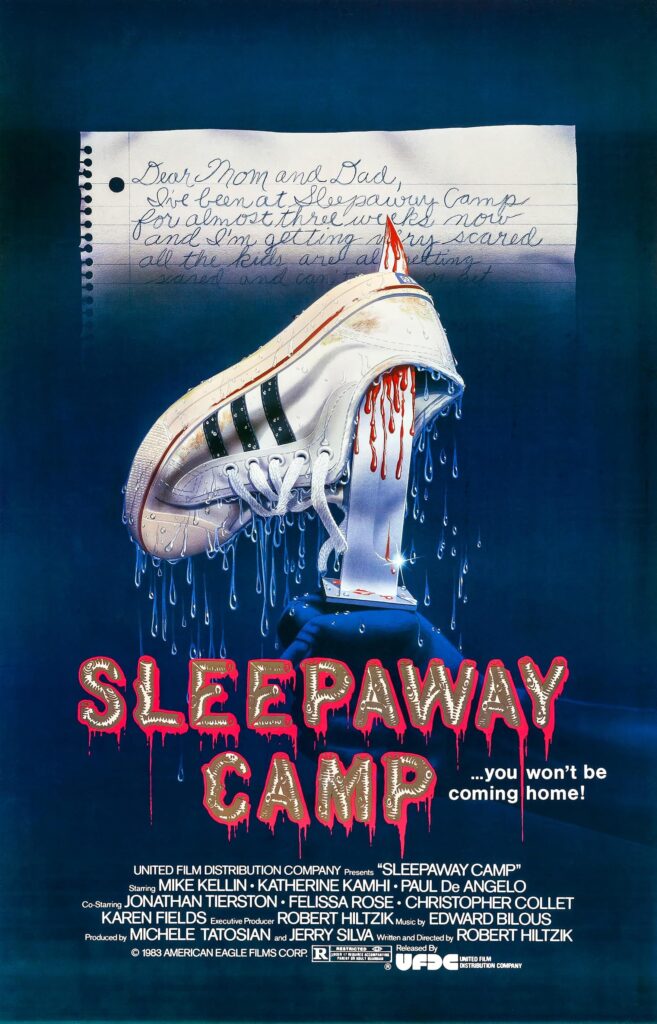
Set at a summer camp, “Sleepaway Camp” takes the classic summer camp horror story to a disturbing level. After a tragic accident, a young girl named Angela is sent to camp, where she begins to experience strange occurrences. As the bodies pile up, the film’s shocking twist and suspenseful atmosphere create a genuinely unsettling experience. The campgrounds, once a place for fun and friendship, become the perfect setting for a horror film that combines mystery and slasher elements.
The secluded camp is the perfect backdrop for the horrors that unfold, with the characters unaware of the lurking danger. The tension is heightened by the quiet, eerie surroundings, with the calmness of the camp disturbed by Angela’s violent acts. “Sleepaway Camp” is a unique entry in the summer camp slasher subgenre that keeps viewers on edge with its unpredictability.
Wrong Turn (2003)
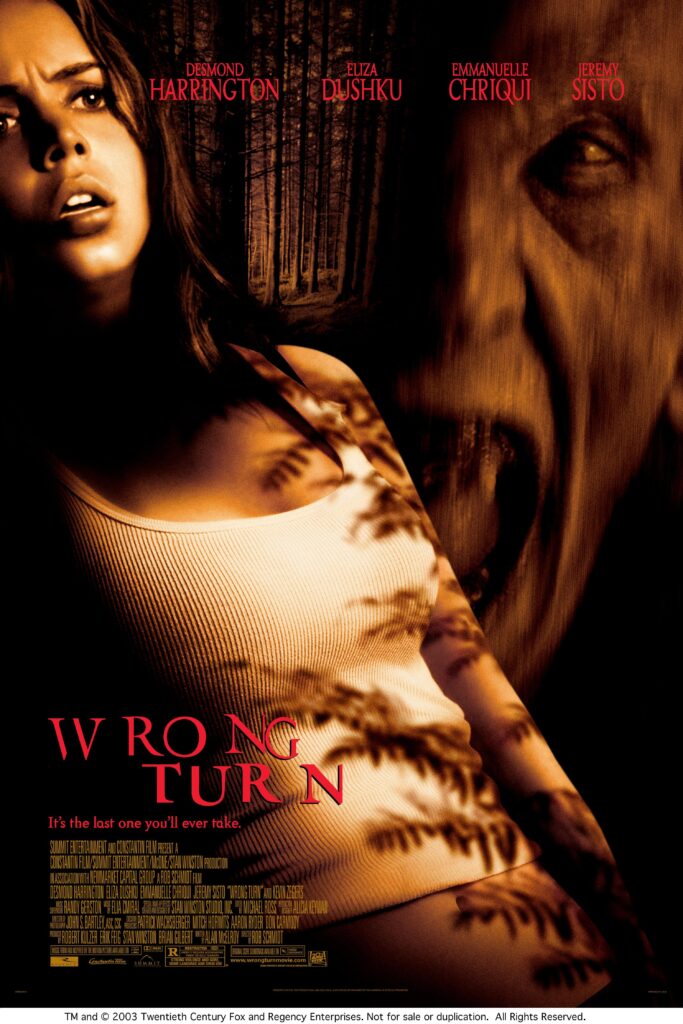
“Wrong Turn” takes a different approach to the cabin-in-the-woods horror, focusing on a group of friends who end up stranded in a remote area of West Virginia. After their car breaks down, they venture into the woods, only to be hunted by a family of cannibalistic mutants. The sense of isolation in the film is palpable, as the characters are far from civilization and forced to fight for their lives. The setting, a dense forest filled with traps and dangers, adds to the sense of dread, with no clear escape.
The cabin, which initially seems like a haven, quickly turns into a place of terror as the group realizes they are being watched and hunted. The eerie atmosphere is enhanced by the dark, wooded environment and the horrifying creatures that lurk nearby. “Wrong Turn” builds on the isolation theme, making it a chilling example of horror set in a remote location.
The Burning (1981)

“The Burning” is a slasher film set at a summer camp, where a group of teenagers must contend with a vengeful killer who is stalking the grounds. The camp, isolated in the woods, becomes a killing ground for the mysterious murderer, who has a tragic backstory that fuels his anger. The film is full of tension, with the campers unaware that they are being hunted, and it uses the natural surroundings to its advantage, turning the peaceful summer camp into a deadly place.
The film’s rural setting, combined with the threat of an unknown killer, creates a suspenseful atmosphere that keeps the audience on edge. As the bodies begin to pile up, the campers must figure out how to survive, knowing that the killer could strike at any moment. “The Burning” is a great example of the summer camp slasher genre, offering a mix of suspense, gore, and terror.
Lake Placid (1999)
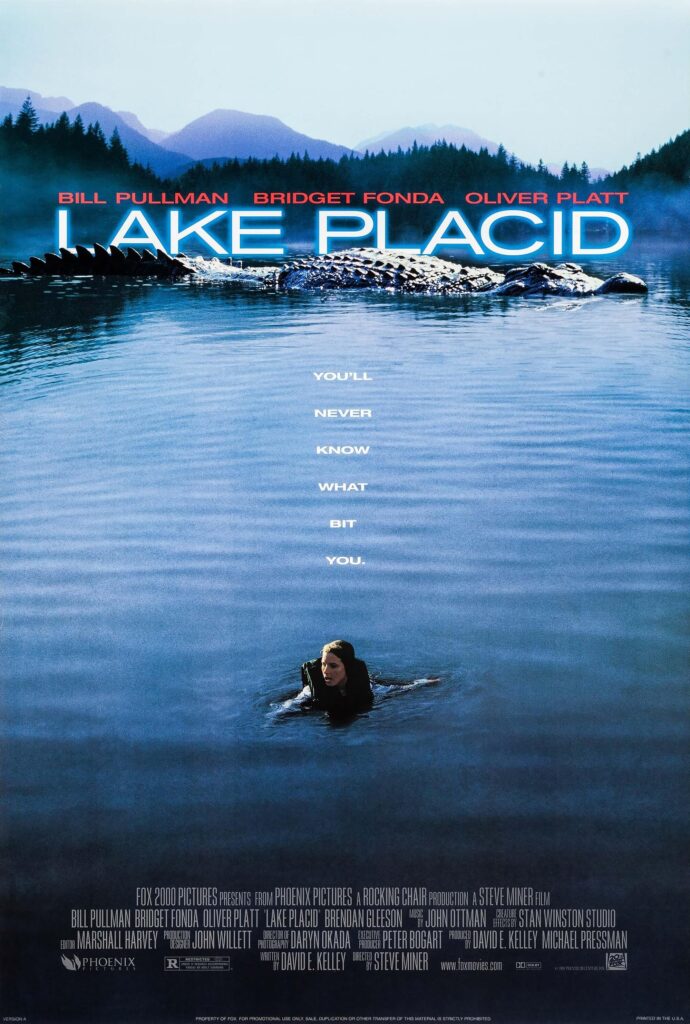
“Lake Placid” takes place at a peaceful lake in Maine, where a giant, deadly crocodile begins terrorizing the locals. What starts as a tranquil setting quickly turns into a nightmare when the creature is discovered lurking in the water. The serene beauty of the lake contrasts sharply with the terror that the monster brings, creating a sense of unease that permeates the film. The lake itself becomes a character, its once calm surface hiding the danger below.
As the characters band together to hunt the crocodile, the lake’s secluded nature only adds to the tension. The calmness of the water is shattered by the creature’s attacks, and the surrounding wilderness becomes a trap. “Lake Placid” is a fun mix of creature feature and horror, with the isolated setting playing a crucial role in building suspense.
Friday the 13th Part 2 (1981)
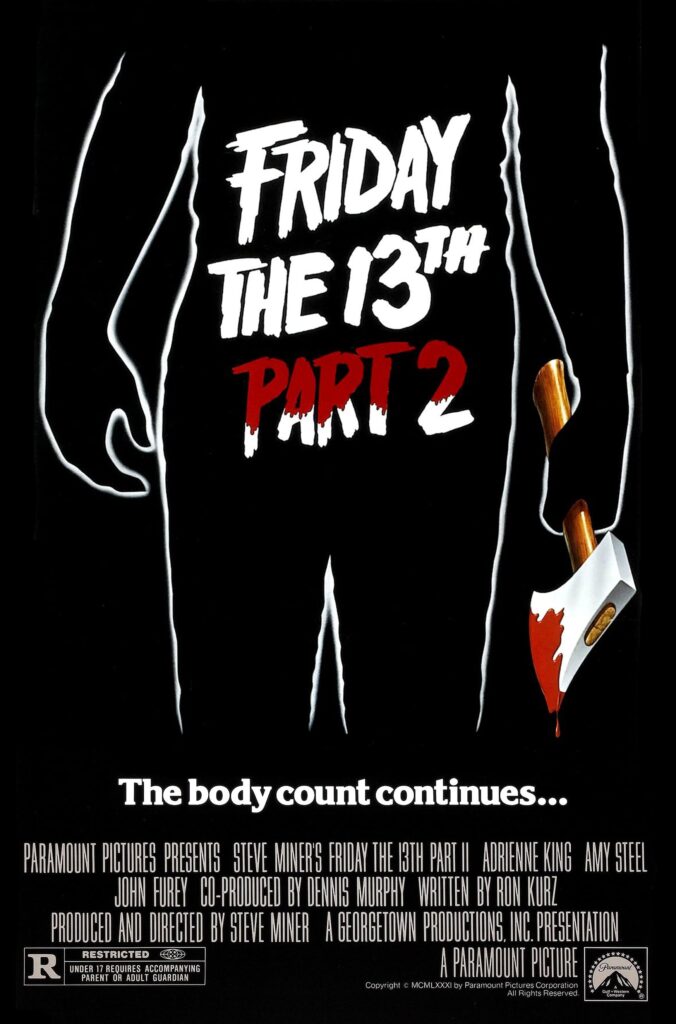
The sequel to the original “Friday the 13th” brings the terror back to Camp Crystal Lake, where a new group of counselors must face the consequences of the events that unfolded in the first film. This time, Jason Voorhees himself emerges as the killer, continuing his deadly rampage. The film plays on the familiar fear of summer camps, with the isolated lake setting amplifying the terror. As the characters attempt to survive, the haunting memory of the first massacre looms over them.
The secluded campgrounds add to the sense of helplessness, with the campers being stalked and murdered in a variety of gruesome ways. The tension rises as the film builds toward its shocking climax, with Jason lurking in the shadows. “Friday the 13th Part 2” is a worthy follow-up that keeps the horror alive by revisiting the chilling, isolated setting.
The Ritual (2017)
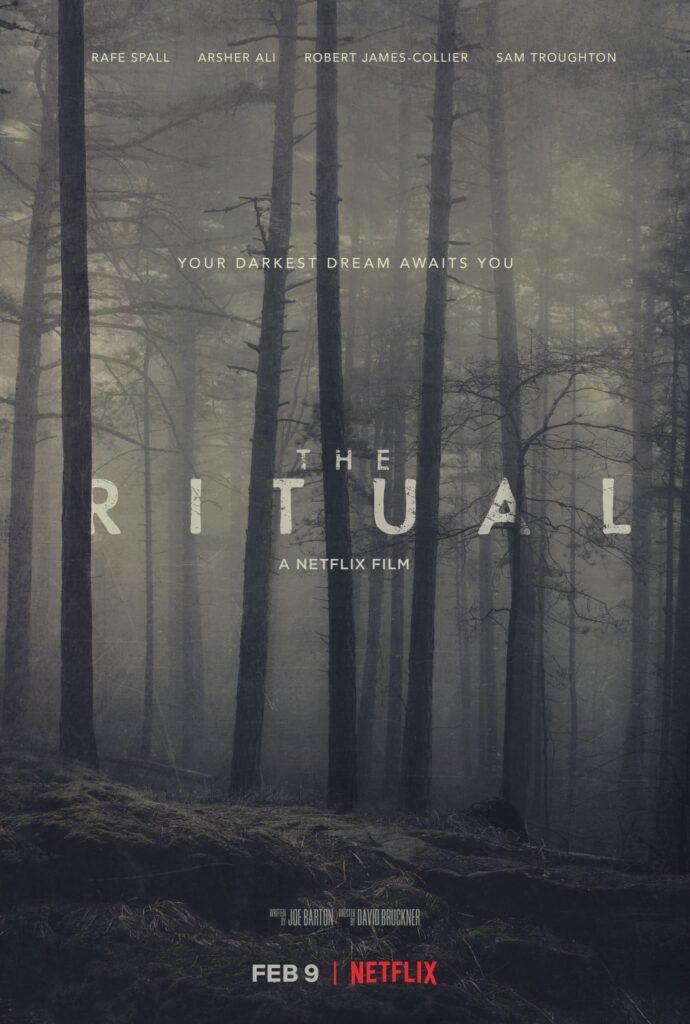
In “The Ritual,” a group of friends embark on a hiking trip through the Swedish wilderness, but they quickly realize they are not alone. After a mishap in the woods, they take a shortcut through a forest, where they encounter a mysterious, ancient force. The cabin they find is eerily abandoned, and soon the group faces supernatural forces that threaten their lives. The film’s atmosphere is heavy with dread, as the forest itself becomes a terrifying entity.
The isolated wilderness setting creates a sense of claustrophobia, with the friends unable to escape the mounting horrors surrounding them. The film’s use of the cabin and forest creates a powerful sense of unease, building tension and fear. “The Ritual” expertly uses its location to trap the characters in a nightmare they cannot escape.
The Hitcher (1986)
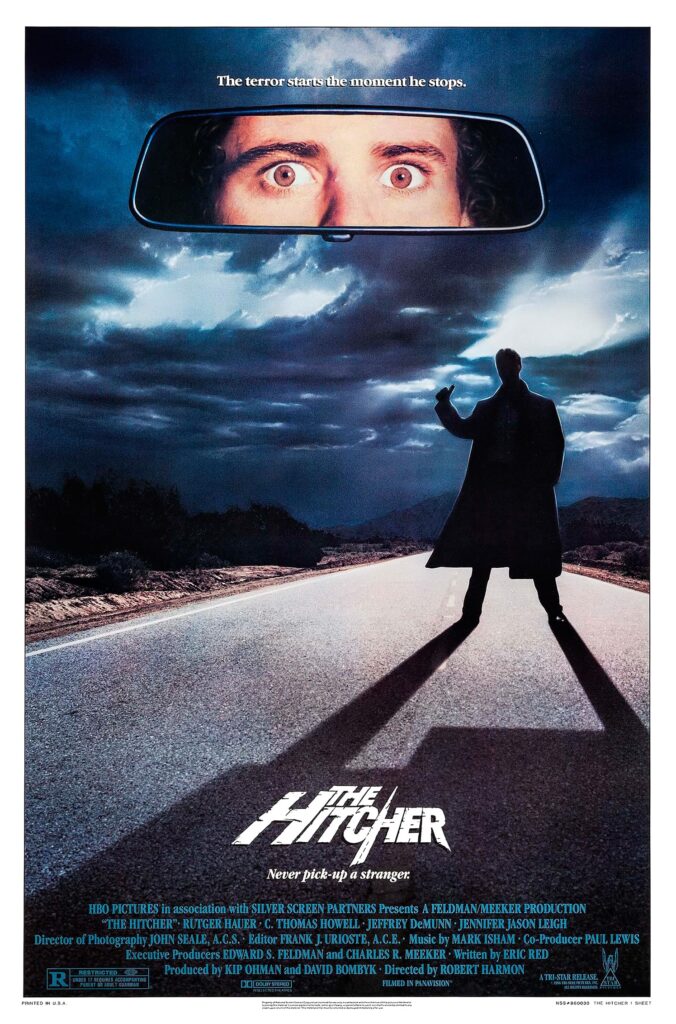
While not set at a traditional camp or cabin, “The Hitcher” still evokes a similar sense of isolation, with a young couple stranded in a desolate part of the American Southwest. After picking up a hitchhiker, they find themselves hunted by a psychopathic killer. The wide-open landscapes and sparse locations enhance the feeling of being trapped in an endless wilderness. The lack of civilization and help makes the terror all the more real.
The film’s tension is rooted in the couple’s vulnerability in an unforgiving environment. The isolation of the desert landscape mirrors the couple’s increasing sense of hopelessness as they try to escape the relentless killer. “The Hitcher” is a psychological thriller with a rural, isolated backdrop that adds to the tension.
The Last House on the Left (1972)
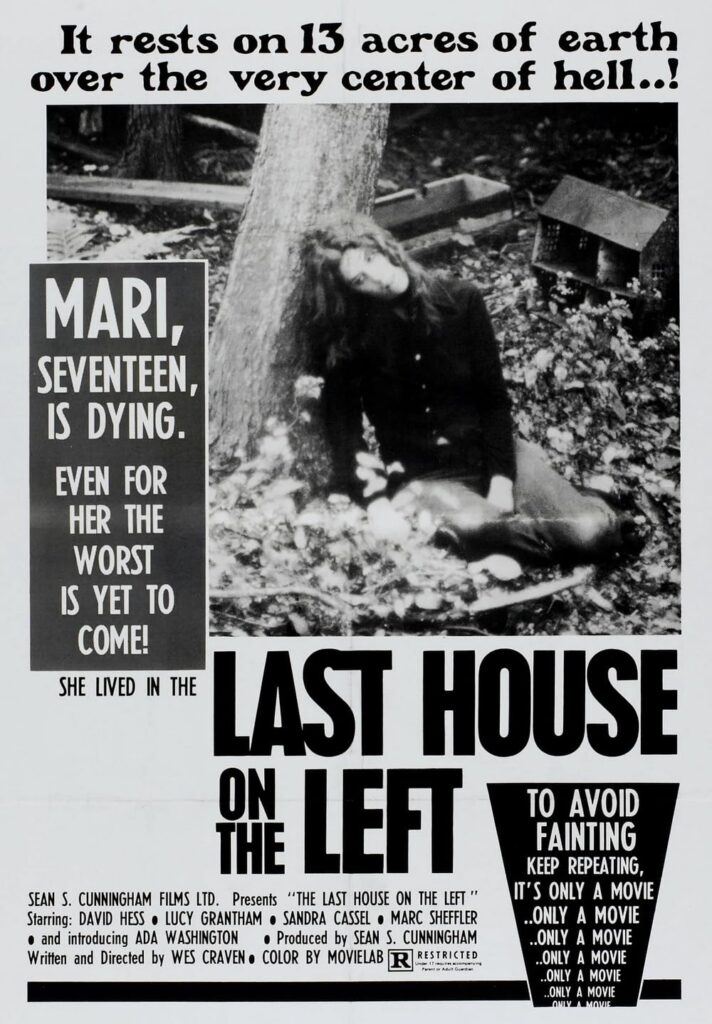
A brutal revenge story set in a remote location, “The Last House on the Left” follows a couple whose daughter is kidnapped by a group of sadistic criminals. The isolated cabin in the woods becomes the setting for the tragic events that unfold. The film is known for its shocking violence and disturbing themes, with the cabin symbolizing both safety and danger. The natural beauty of the surroundings contrasts sharply with the horrors that take place.
The cabin, once a symbol of comfort, becomes a place of unimaginable terror as the family seeks justice. The isolation of the setting adds to the film’s brutality, making it a powerful, if controversial, entry in the horror genre. “The Last House on the Left” uses its rural setting to intensify the emotional and physical horror the characters endure.
The Wolfman (2010)

“The Wolfman” reimagines the classic monster story, with a man returning to his ancestral home in a remote village. The eerie, fog-covered woods and the nearby cabin create the perfect atmosphere for a gothic horror tale. The secluded location adds to the fear as the protagonist confronts both the creature within himself and the monstrous entity that haunts the land. The chilling atmosphere of the cabin becomes a place of transformation and terror.
The film uses its setting to reflect the internal struggle of the main character as he is cursed by the wolfman. The isolation of the village and the surrounding woods serves to trap the characters, with nowhere to escape from the horrors. “The Wolfman” effectively uses its isolated setting to build tension and fear, creating a memorable Gothic horror experience.
This article originally appeared on Avocadu.
